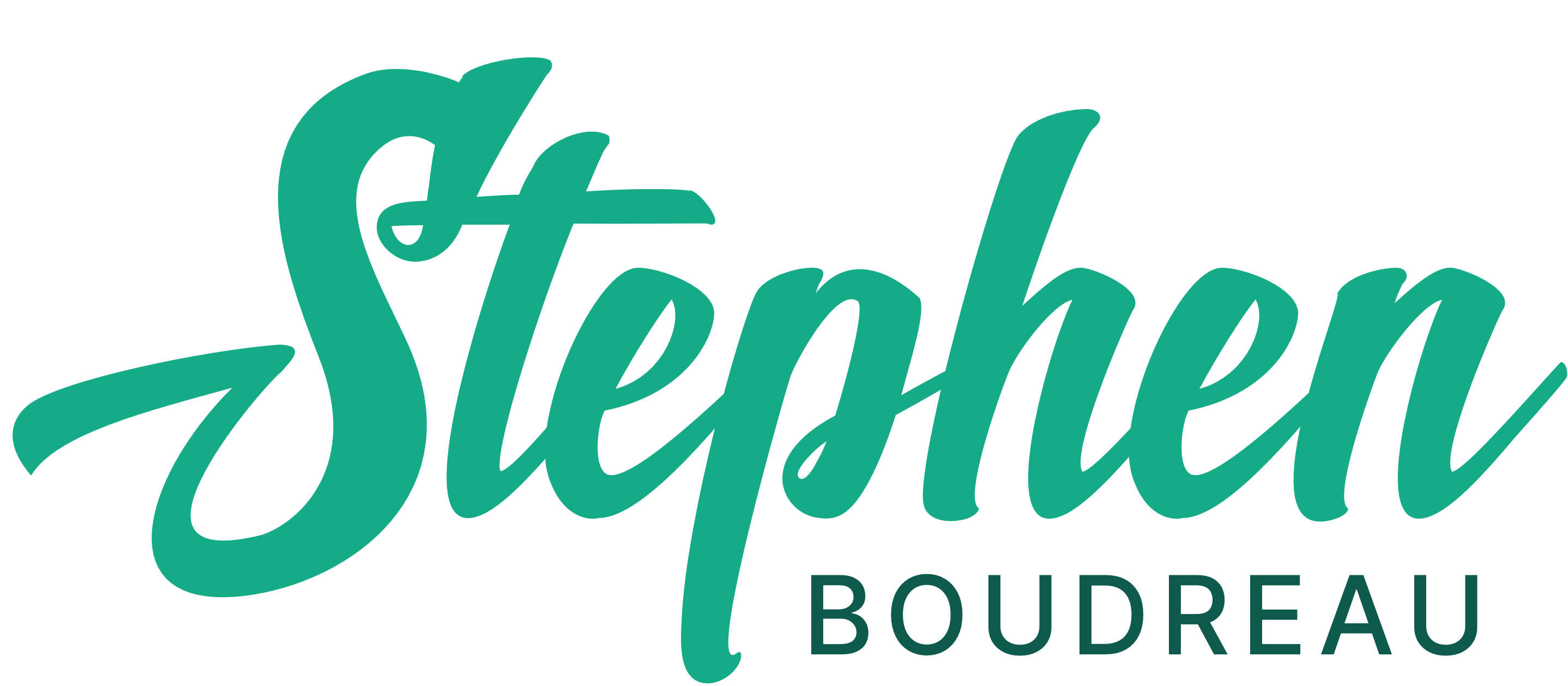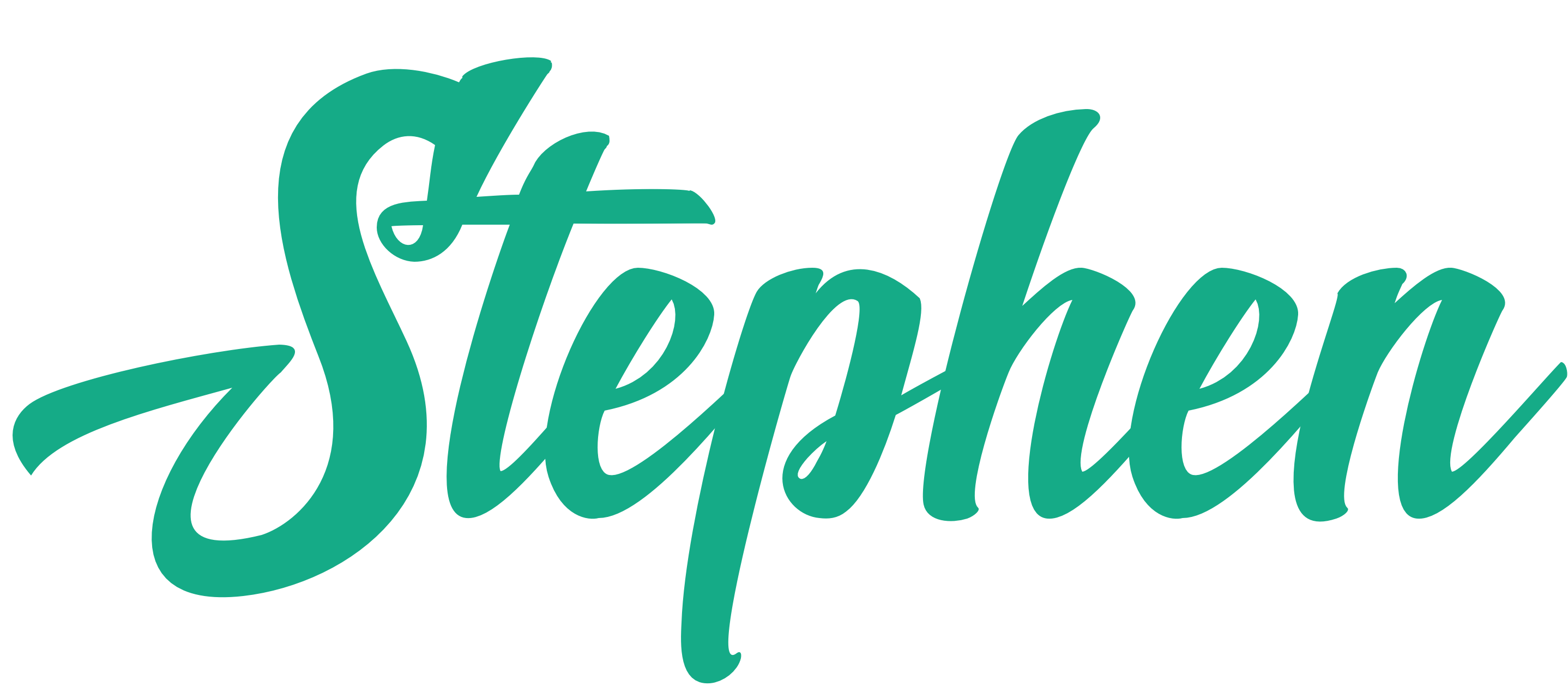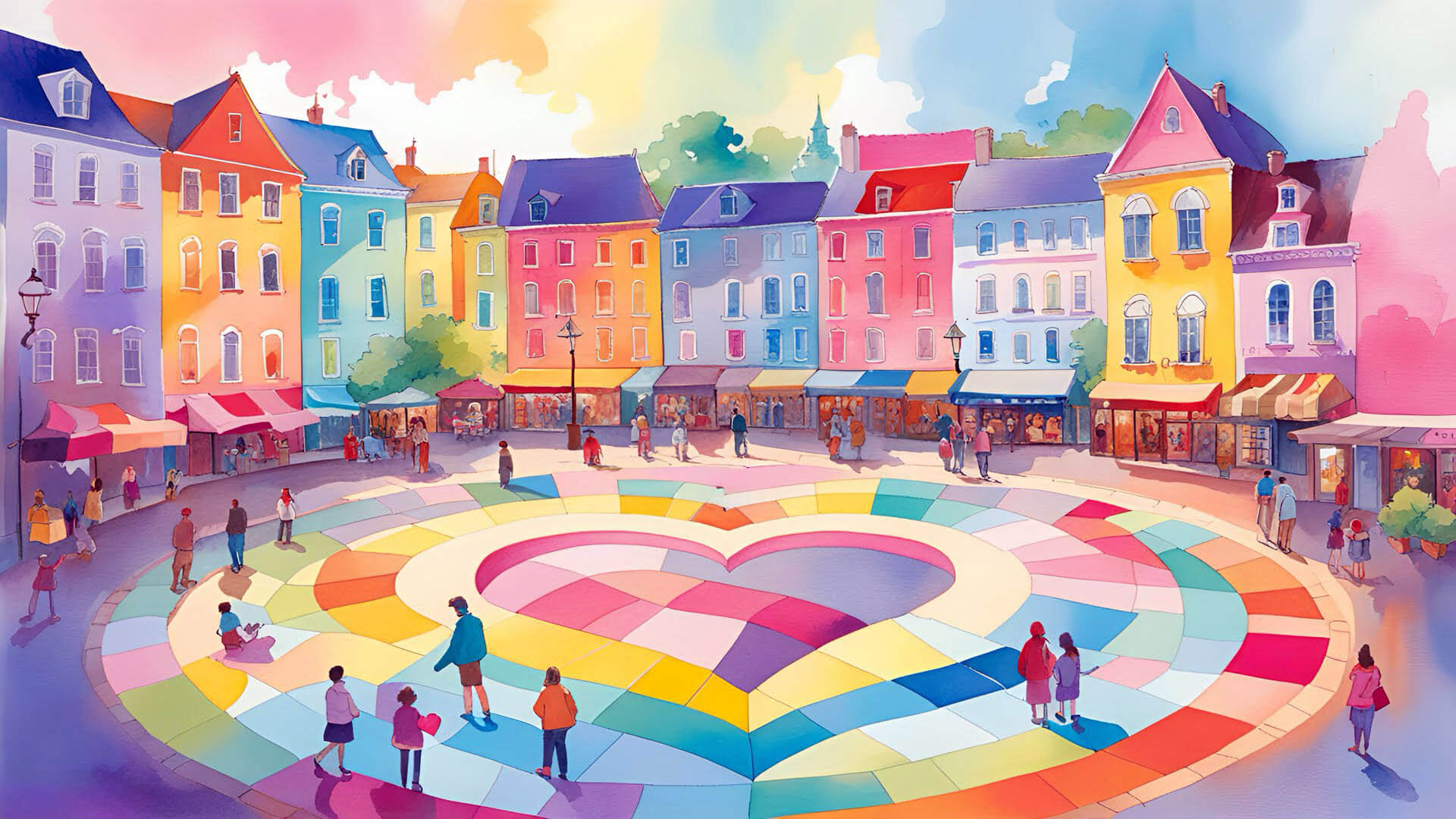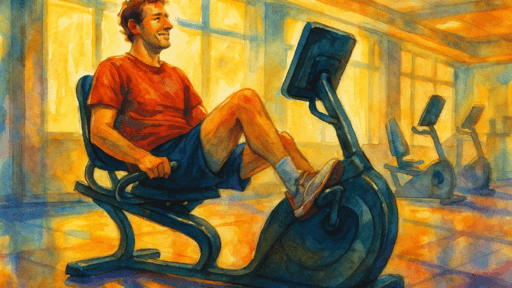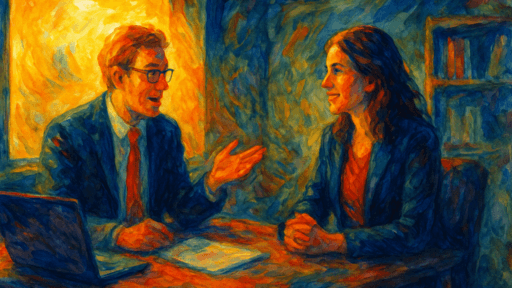“The bad news is time flies. The good news is you’re the pilot.”
Michael Altshuler
In the town of Fablefield, where the extraordinary was as common as dandelions in spring, Luna ran a puzzle shop that was the talk of the town—and not just because it was the only building painted in what can only be described as ‘sunrise orange’. Luna’s puzzles were famous, not for driving people to the brink of insanity (which they occasionally did), but for their uncanny ability to reflect the puzzler’s life.
As Fablefield’s annual festival drew near, Luna announced her grand plan: a communal puzzle. “It’s like a potluck,” she declared, “but instead of bringing your questionable casseroles, you bring your perspectives!” The townsfolk, who had long ago learned to embrace Luna’s quirky ideas, gathered around the puzzle with a mix of excitement and the usual skepticism reserved for Luna’s ‘big reveals’.
The puzzle was a sight to behold, with pieces that seemed to be made of liquid light. “Each piece changes based on who’s handling it,” Luna explained, “much like your aunt’s mood at family gatherings.” The townsfolk chuckled, rolling their eyes in shared understanding.
As they began to work on the puzzle, something remarkable happened. The image shifted and morphed with each new addition. The blacksmith found himself adding a piece that turned into a fiery forge, while the local florist added a piece that bloomed into a field of wildflowers.
The puzzle became the festival’s main attraction, drawing people together in a way that the annual ‘Guess the Number of Jellybeans in the Jar’ contest never did. They realized that the puzzle didn’t just reflect their individual lives—it was a mishmash of their collective experiences, a visual cacophony that was oddly harmonious.
“It’s like life,” Luna mused aloud, “a series of events and choices that somehow fit together. And just like this puzzle, we’re all doing our best to piece together our story as we go along.” This insight was met with nods, some thoughtful, some nodding just to appear thoughtful.
As the festival reached its crescendo, the puzzle neared completion. The townsfolk stepped back to admire their handiwork. The puzzle was a vibrant, chaotic, yet strangely coherent picture of their community—a testament to the fact that while they might not have control over the puzzle’s pieces, they certainly had a say in how they fit together.
In the end, the puzzle was disassembled, each piece returning to its enigmatic state. But the lesson lingered, much like the aftertaste of the mayor’s surprisingly good homemade wine. They were, each and every one, puzzle makers in the grand scheme of life, shaping their stories one piece at a time.
And as for Luna, she continued to create her puzzles, each one a new adventure, a new story waiting to be told. Her shop remained a beacon of light (and not just because of its blinding paint job), a place where people could come to remember that they were the authors of their own lives, one puzzle piece at a time.
